Fundamental tenets of the CO2 greenhouse effect hyphothesis aren’t supported by real-world, observed evidence. 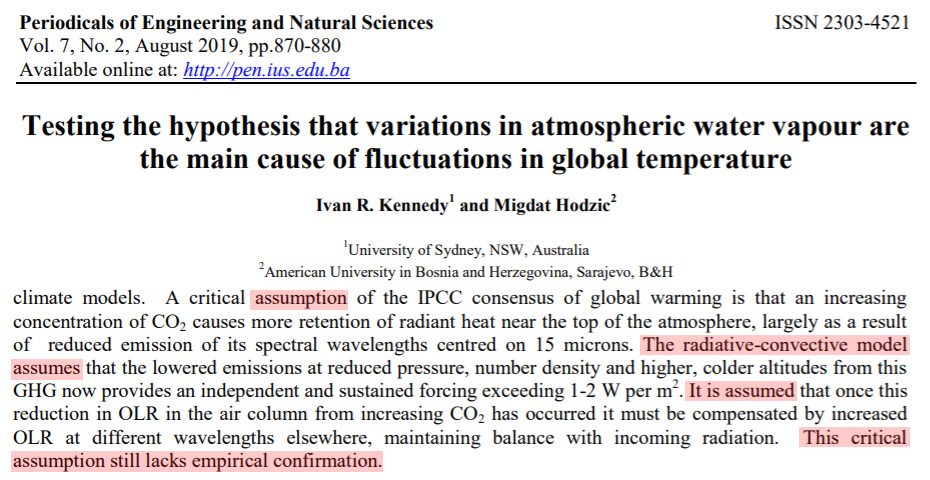
Image Source: Kennedy and Hodzic, 2019
I. CO2 warms the planet by 7.2°C?
According to the IPCC and other sources, when CO2’s atmospheric concentration ranges between 0.03% and 0.04% (300-400 parts per million, or ppm), it literally warms the air by 7.2°C within the Earth’s 33°C greenhouse effect.
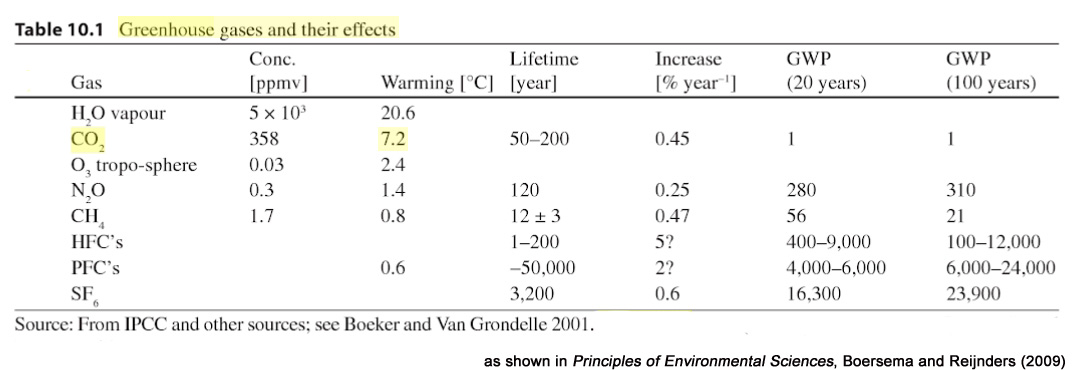
Image Source: Boersema and Reijnders, 2009
Problematically, at no time has it been empirically demonstrated in a real-world experiment that CO2 warms air by this temperature at this concentration. (Or any concentration.)
CO2’s capacity to warm air by 7.2°C is an non-validated assumption derived from the arbitrary estimation that CO2’s warming influence contributes about 20-25% to the Earth’s 33°C greenhouse effect.
II. Lab experiments using CO2 as a causal variable fail to demonstrate its warming effect
Classroom lab experiments that use pure (1,000,000 ppm) CO2 in one container and air (N2, O2) in another to demonstrate the CO2 container warms more than the air container are only illustrating that CO2 molecules are heavier than nitrogen and oxygen molecules.
Heavier CO2 molecules “reduce heat transfer by suppressing convective mixing with the ambient air” (Wagoner et al., 2010).
In other words, the CO2 molecules aren’t warming the container via their radiative properties, but due to the density differential for CO2 relative to N2 and O2.
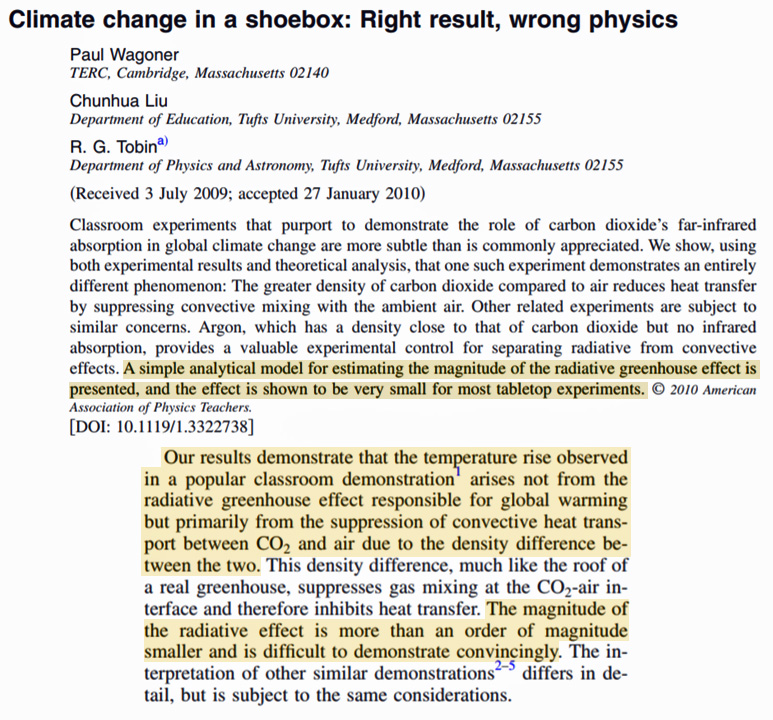
Image Source: Wagoner et al., 2010
Another experiment (Allmendinger, 2016), again using pure (100%) CO2 in a container, compared the radiative absorption properties of CO2 to that of argon, helium, and air (nitrogen and oxygen).
Surprisingly, Dr. Allmendinger found that the capacity to absorb radiation (sunlight) was quite similar for CO2 and for argon, nitrogen, and oxygen. The latter 3 are non-greenhouse gases.
Nitrogen and oxygen together constitute 99% of the atmosphere. Argon’s atmospheric representation is 0.93% (9,300 ppm) and CO2 is 0.041% (410 ppm).
In the experiment, pure CO2 was used. And the limiting absorption temperature for pure CO2 molecules wasn’t significantly different than the far more atmospherically abundant non-radiative gases.
As Allmedinger summarizes, this means that “a significant effect of carbon-dioxide on the direct sunlight absorption can already be excluded.”
Image Source: Allmendinger, 2016
III. Scientists insist the CO2 greenhouse effect is built on assumption and lacks empirical support
In a new paper, Kennedy and Hodzic, 2019 summarize the lack of real-world, observational support for the claim CO2 molecules elicit planetary heating in the process of explicating their postion that water vapor is the gas that dominates the Earth’s greenhouse effect.
They point out that the “critical assumption” that CO2 molecules reduce outgoing longwave radiation (OLR) to warm the Earth’s surface “lacks empirical confirmation.”
A graphic of OLR variability (Figure 1) from the paper demonstrates that “none” of the variation can be attributed to CO2’s influence.
Kennedy and Hodzic sum up their skepticism about CO2’s greenhouse effect influence by saying 1) “the effect of any increases in [CO2’s] concentration can only be theoretically inferred”; 2) other than by correlation or curve-fitting, there is no “direct verification possible for the greenhouse effect of CO2”; and 3) there is no realized “clear spectral signal available showing significantly reduced OLR from increasing CO2.”
In other words, the specific greenhouse effect warming properties of CO2 have not been validated scientifically.
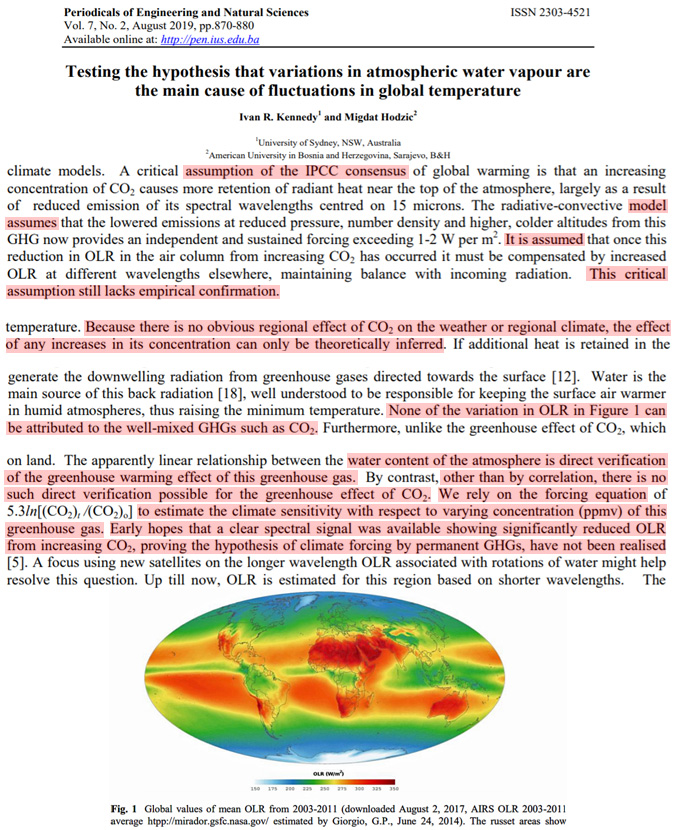
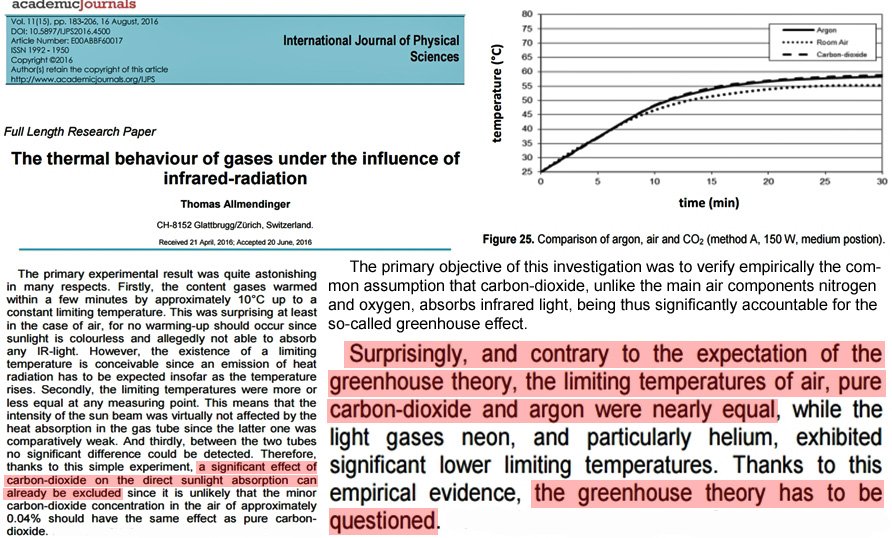





[…] https://notrickszone.com/2020/01/06/scientists-the-co2-greenhouse-warming-effect-rides-on-mere-assum… […]
In addition folks need to know this huge detail.
December 29, 2019 Climate-Related Deaths Have Plunged 99.9% Since 1932
The Alarmist’s newest Saint, Greta Thunberg, “informed” us during a now-famous speech she gave at the U.N. Climate Action Summit in NYC.
https://principia-scientific.org/climate-related-deaths-have-plunged-99-9-since-1932/
Thanks for pointing out the striking paper by Kennedy and Hodzie. I did a synopsis the main points being:
Water Drives Atmospheric Warming
Thermal Effects from Water are Direct and Linear
Empirical Proof Comparing Dry and Irrigated Land
Conclusion: Thankfully, A Wet World is a Warm World
https://rclutz.wordpress.com/2020/01/06/how-water-warms-our-planet/
Water warms the land, but what warms the water?
It’s ~32% Sun, and ~68% Geothermal.
https://phzoe.wordpress.com/2019/12/06/measuring-geothermal-1/
https://phzoe.wordpress.com/2019/12/04/the-case-of-two-different-fluxes/
Most people do not realise that water vapour rises and falls significantly over an annual cycle. This is due to orbital eccentricity and the predominance of ocean water in the Southern Hemisphere that receives the highest insolation. On 5th of January, insolation reached 1407W/sq.m at zenith, well above the 1361W/sq.m annual average insolation at zenith.
NASA satellite data shows that rising atmospheric water increases outgoing long wave radiation while reducing water vapour reduces OLR. This simple table of the 2018 measured data is all you need to dispel the “greenhouse” gas fairy tale:
Mnth-TPW-OLR
Jan 17.04 236.8
Feb 17.29 236.5
Mar 17.73 237.9
Apr 18.19 238.7
May 20.40 240.6
Jun 20.92 243
Jul 21.89 243.9
Aug 21.04 243.4
Sep 20.54 242.2
Oct 19.68 239.5
Nov 18.93 237.1
Dec 18.91 236.5
Water vapour was at its annual minimum during January as was OLR. Water vapour peaked in July as did OLR. The 5mm annual variation in atmospheric water column equates to 2500Gt of additional water evaporated into the atmosphere from January to July. This data is freely available from the NASA Earth Observation site.
A similar cycle occurs each year with some variation in the end point from one year to the next. The climate models show precipitable water steadily increasing without any cyclic variation. The longer term data shows the significant annual cycle as well as decadal long cycles:
https://friendsofscience.org/assets/documents/FOS%20Essay/fig4c_tpw.jpg
The UN and its useful idiots latch onto any significant weather event to support their religion as past zealots blamed diseases and doom on various religious misdeeds unrelated to the cause.
A very interesting proposition. Many sceptics consider that the dangerous CO2 warming orthodoxy is wrong not because CO2 isn’t a GHG, but because there is no credible evidence linking direct radiative forcing by CO2 with generation of additional water vapour i.e. the enhanced GH hypothesis?
Certainly food for thought and brave considering the University of Sydney in common with pretty much all Australian universities buys the climate hoax big time:
https://sydney.edu.au/news-opinion/news/2019/12/11/university-of-sydney-law-school-declares-climate-emergency.html
Maybe it’s the liberating qualities that go with the tag Emeritus?
[…] Well, this is not a surprise. Turns out there is no empirical evidence that increasing concentrations of CO2 in the atmosphere causes radiant warming. A critical assumption of IPCC consensus on CO2 concentrations is that it causes radiant heat to be retained in the upper atmosphere. This conjecture “lacks empirical confirmation.” Experiments continue to fail to show that CO2 is a factor in warming the atmosphere. […]
I will not say that CO2 has no effect, just because it is hard to prove experimentally. Even for solids it is hard to determine their infrared properties, because the radiation from the surroundings is equal to the radiation you want to measure. How would you differentiate the reflectivity from the emissivity?
Then take a gas that also has tramissivity, and it is even harder.
If you put it in any kind of container you end up just measuring hohlraumstralung.
I would like to hear of any experimental setup that could measure the CO2 effect directly.
For the moment i only see the indirect method by using the absorbtion spectrum.
[…] https://notrickszone.com/2020/01/06/scientists-the-co2-greenhouse-warming-effect-rides-on-mere-assum… […]
[…] Scientists: The CO2 Greenhouse Warming Effect Rides On Mere Assumption And Lacks Empirical Verificat… […]
[…] Scientists: The CO2 Greenhouse Warming Effect Rides On Mere Assumption And Lacks Empirical Verificat… […]